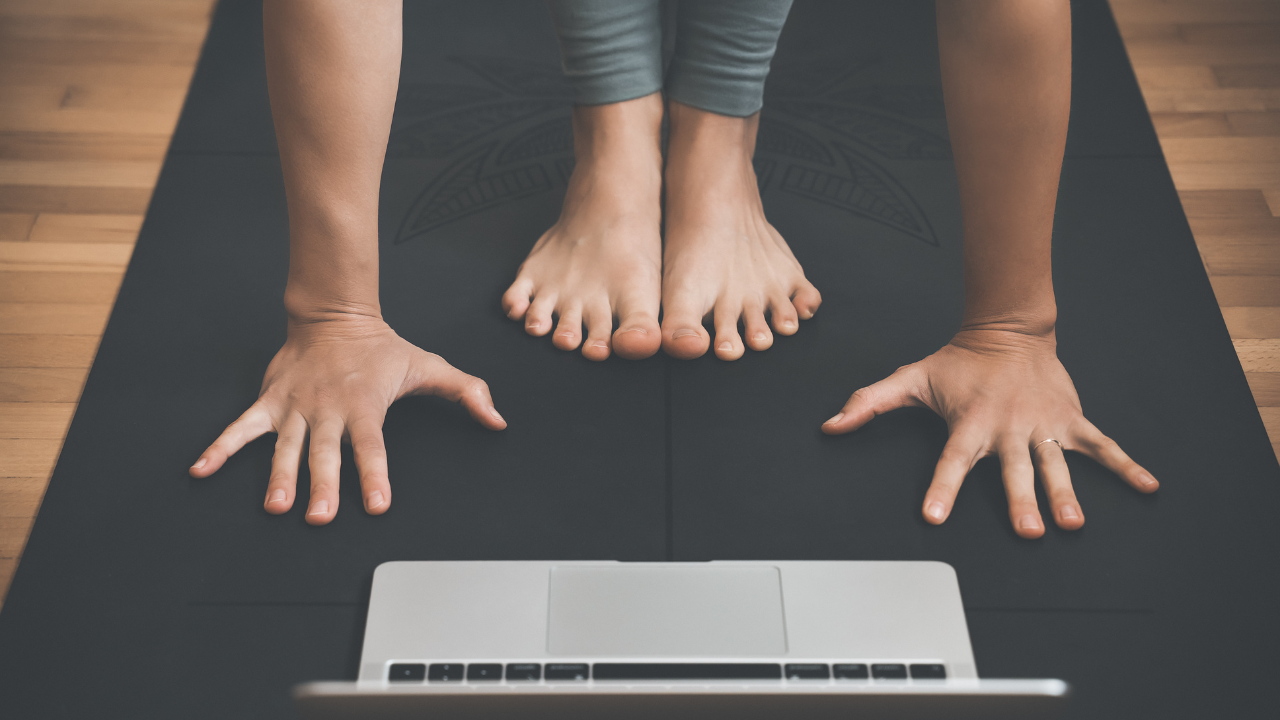
Experience the benefits of Japanese Meridian Yoga today!
“I would recommend Sarah’s yoga classes to anyone interested in the amazing practice of yoga.”
What exactly is Japanese Yoga?
Japanese Yoga is in its essence a combination of mindful movement with specific breathing techniques. What makes it a bit different to other yoga is that it not only draws from traditional Hatha Yoga but combines these with principles of Chinese medicine, in particular the use of the 12 main meridians and the 5-elements of nature. You will also find a connection to the ancient wisdom of Daoist and Zen Buddhist practices.
On a deeper level, Japanese Yoga is a journey to explore our true nature by working mindfully with our body-mind-breath connection. I encourage everyone to meet themselves, and their bodies with kindness and acceptance, at all times.
Also known as Zen Yoga, Qi Yoga, or Ki Yoga, Japanese Yoga aligns with the same energy principles as acupuncture, shiatsu, and Eastern martial arts. This makes it an excellent complementary practice or a great standalone routine to maintain health and prevent illness.
Why practice Japanese Yoga?
Dynamic & Grounding Practice: Engage in a down-to-earth practice that emphasises dynamic movements and breathwork.
Relieve Tension & Build Strength: Reduce stress and strengthen your body to overcome imbalances in both body and mind.
Therapeutic Benefits: Utilise the knowledge of meridians and physical alignment for a therapeutic approach to holistic health.
Give it a try
Japanese Yoga
History
coming soon
Philosophy
The philosophy of the Tao and the laws of nature are at the foundation of the Japanese Yoga philosophy.
As all forms of yoga, its roots lie in the ancient Hindu and Japanese Yoga in particular, also in Buddhist practices of the Indian sub-continent.
Postures
Japanese Yoga uses a large variety of ‘’broken-down’’ – moves that often focus on the smaller and lesser used muscle groups, to rebalance the body. Leg-lifts, hip-lifts, sit-ups in many different variations are used to strengthen the body’s weaker parts. This will directly benefit the bigger postures as known in more traditional yoga.
Anatomy
Anatomy and Physiology are both at the foundation of the physical yoga practice. An in depth understanding of the anatomy of the human body, allows a good yoga teacher to understand the safety, alignment and benefits of the practice.
Within meridian yoga, knowledge of anatomy is essential in locating and working with the meridian pathways.
Seasonal Sequencing
Depending on the season, and the time of the day, the practice of Japanese Yoga adapts accordingly. The idea is to tap into the dominant energies outside, to nourish our body with exactly what it needs. This way, our bodies are naturally more robust to the changes of weather and wither.
Pranayama - The use of the Breath
Pranayama - the practice of controlling your breathing - is an essential part of yoga and is important to practice if you wish to receive the full benefits of yoga.
In Japanese Yoga we often use the breath differently to traditional yoga; focussing on stronger exhalations through the mouth, always inhaling through the nose, depending on whether we want to tone or release parts of the body.

